It happens to everyone sooner or later, it is inevitable. If you keep doing something every day, you end up harbouring the illusion that certain actions can be endlessly repeated. Yet there will always be a day in which each of us will carry out a given action for the last time in his life.
In a society in which iconic consumption is compulsive, even the self-representation delegated to the image ends up being something that we think we can repeat indefinitely, as suggested by the ... devastating diffusion of the self-portrait in recent years. Selfies embody impromptu representations which the authors ask for confirmation of belonging to their social group in the ceaseless production of fragments of a puzzle that will never be completed. In this frenetic churning out of self-referential images, however, no one seems to ask what will be the iconic mark that will remain to show their passing on the earth. A behaviour, legitimate for that matter, but that does not take into account that among the images taken in an entire existence there will still be one that someone will choose for the benefit of those who remain, to tell them how we were. Which will be our last picture?
Set in this context, those open-air galleries that are Western cemeteries represent an endless source of answers and new questions. An attentive walk between the graves deserves in fact reflection that is not limited to considerations on the ephemeral nature of human existence. The images present on the tombstones (grabbilder in German) converge and form complex communicative instances that deserve a minimum of analysis. In these in fact, are expressed the deepest essence of the photographic image: abstraction, or rather the illusion of abstraction, from the coils of time. The photographic image, preserving the external appearance of things and living beings, gives man a partial relief to the transience of his condition. It proposes a kind of placebo to the consequences of time. to that aging that begins with birth and ends with death. The memory of what it was offering comforts those left behind, it helps to strengthen emotional and social bonds destined to oblivion more or less rapidly after the physical disappearance of the person.
It is manifested in a final act by superimposing an image of life in a shell of mortal remains. A gesture of selfish pity put in place to maintain a feeble concreteness to ties by then broken.
|
|
For this it may be interesting to investigate the choices made, usually by relatives, to remember their loved ones. Thus so revealing ties with vernacular photography that invades overwhelmingly in the tomb images.
In the photograph that should anchor the memory of the deceased, you can recognize not only the features of the referent, but above all those of the censor. The latter acts on a number of choices already made, probably by others (the shots in which the deceased is represented), choosing according to the perception that they had of the referent when he was alive. In most cases you then try to pass on those that are believed to have been the characteristic features of the personality. The result sometimes produces effects of unintentional comedy that sinks its roots in the aforementioned vernacular photography. What matters is what is represented, not so much the way it is represented, except for the recognition of the subject. The attempt to prolong existence on earth beyond its objective limits is realised, in the intention of those who makes the choices, in a hyper brief recalling of life or of the passions of the deceased.
The result borders, sometimes, in unexpected examples of unintentional comedy, the effects of which are only partially mediated from the ancestral terror of death and from iconography that transmit the distance in time and space compared with the subjects depicted. Thanks to the irony and iconography that makes us perceive the subject represented as very far away in time, the emotions of the professional observer and disenchanted can be metabolised and controlled. The filters, however, cease to act when the images have the power to make people forget the functions that they are fulfilling and the place where they are. It is the moment when it is impossible to think "they aren’t here anymore", but you start asking how that person can be, as if you could still meet them. It certainly cannot be the image; the same one that creates the illusion of existence in life, to raise from ancestral questions that death puts to man. Maybe you will not even be able to really say something about who was here and is now gone. Nothing is easier; on the contrary, it can only be faithful to the intentions of those who will have the choice.
[ Sandro Iovine ]
--------------------------------------------
(*) - Régis Debray, Vita e morte dell'immagine, Il Castoro, Milan, 1999; pag. 25.
|
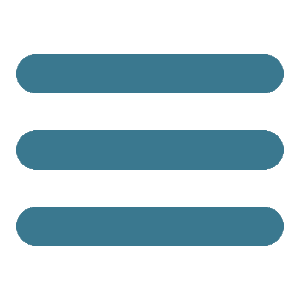
 home
cover ▼
opinions
news ▼
portfolio
post.it
post.cast
video
ongoing
thematicpaths
googlecards
FPtag
home
cover ▼
opinions
news ▼
portfolio
post.it
post.cast
video
ongoing
thematicpaths
googlecards
FPtag

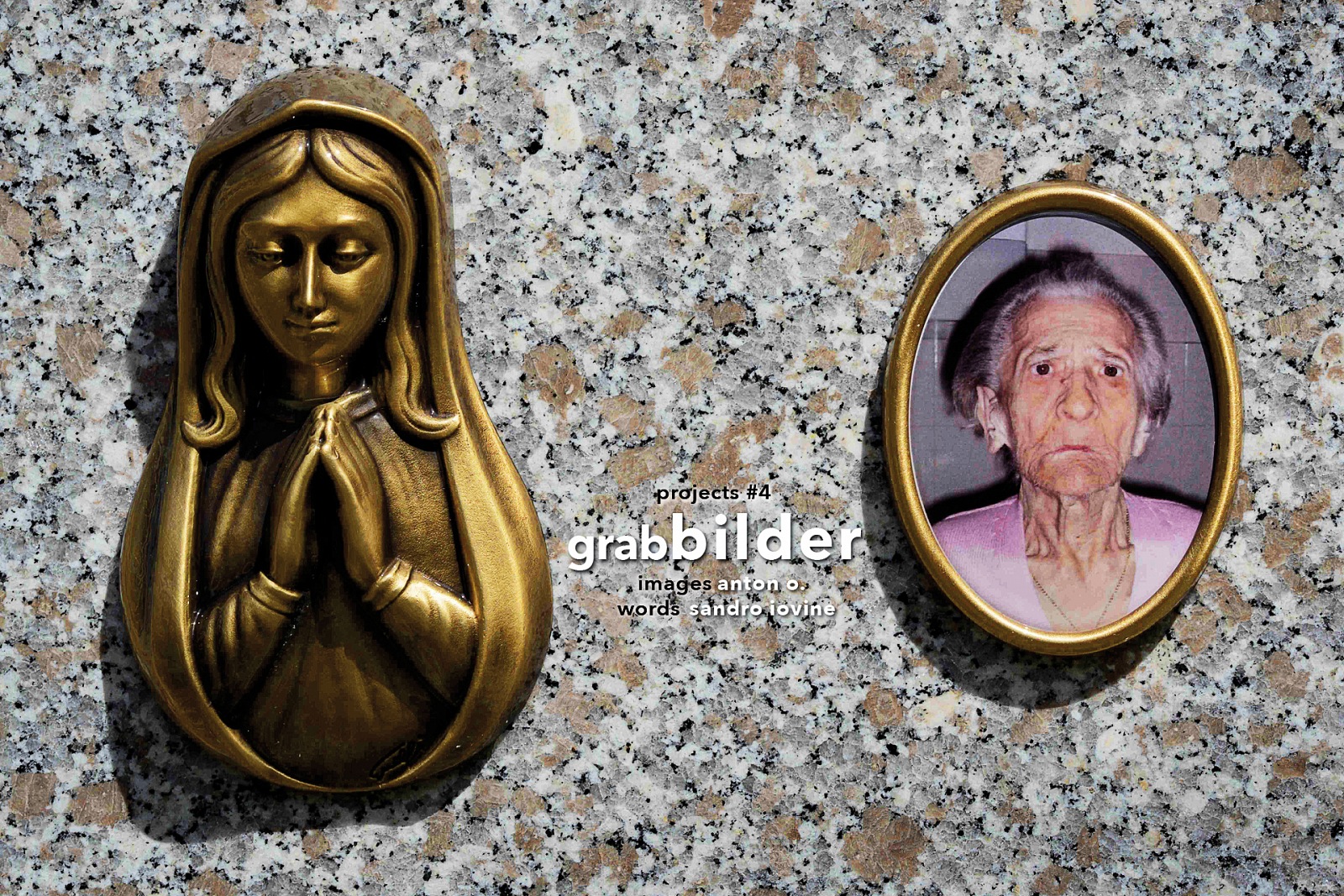


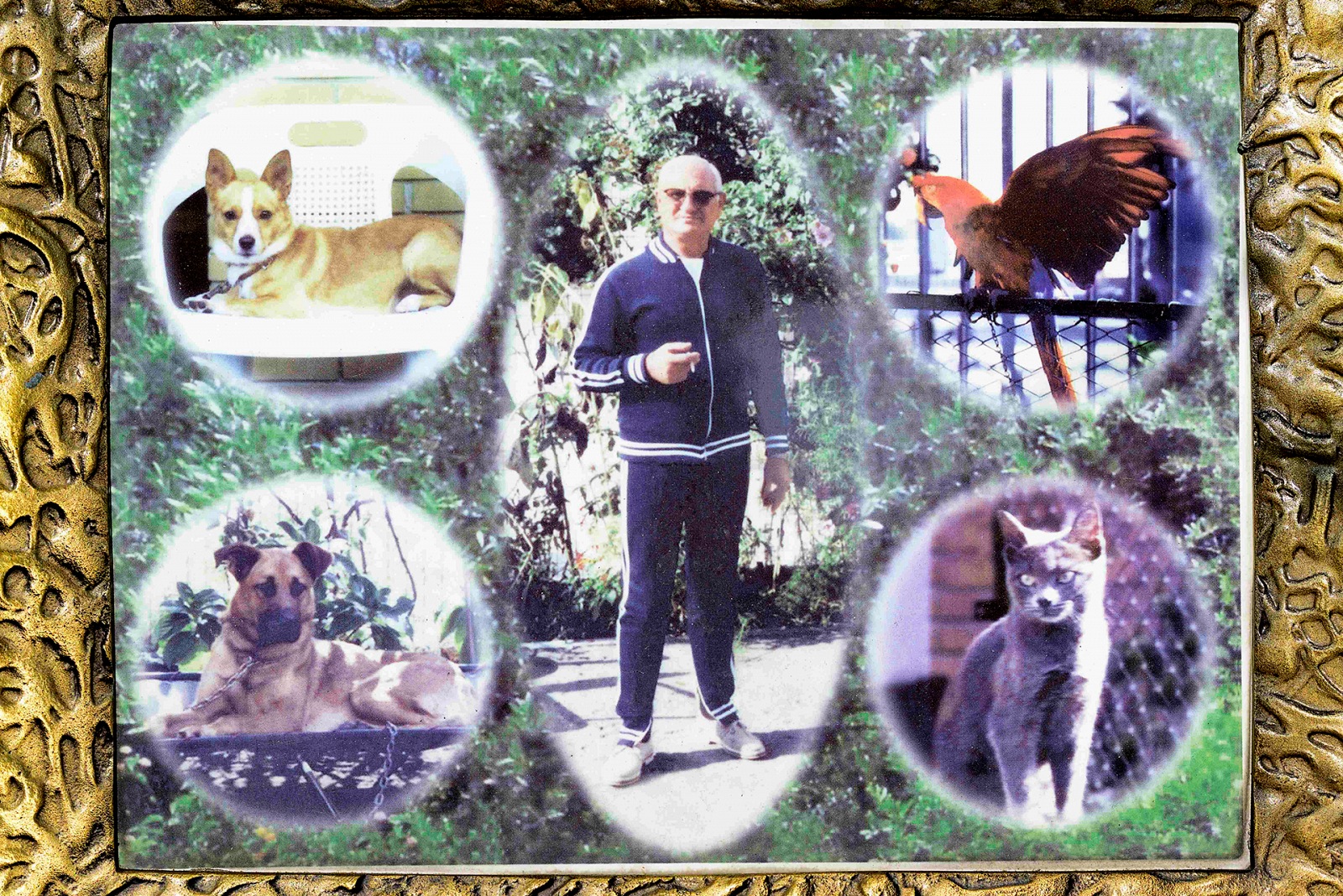



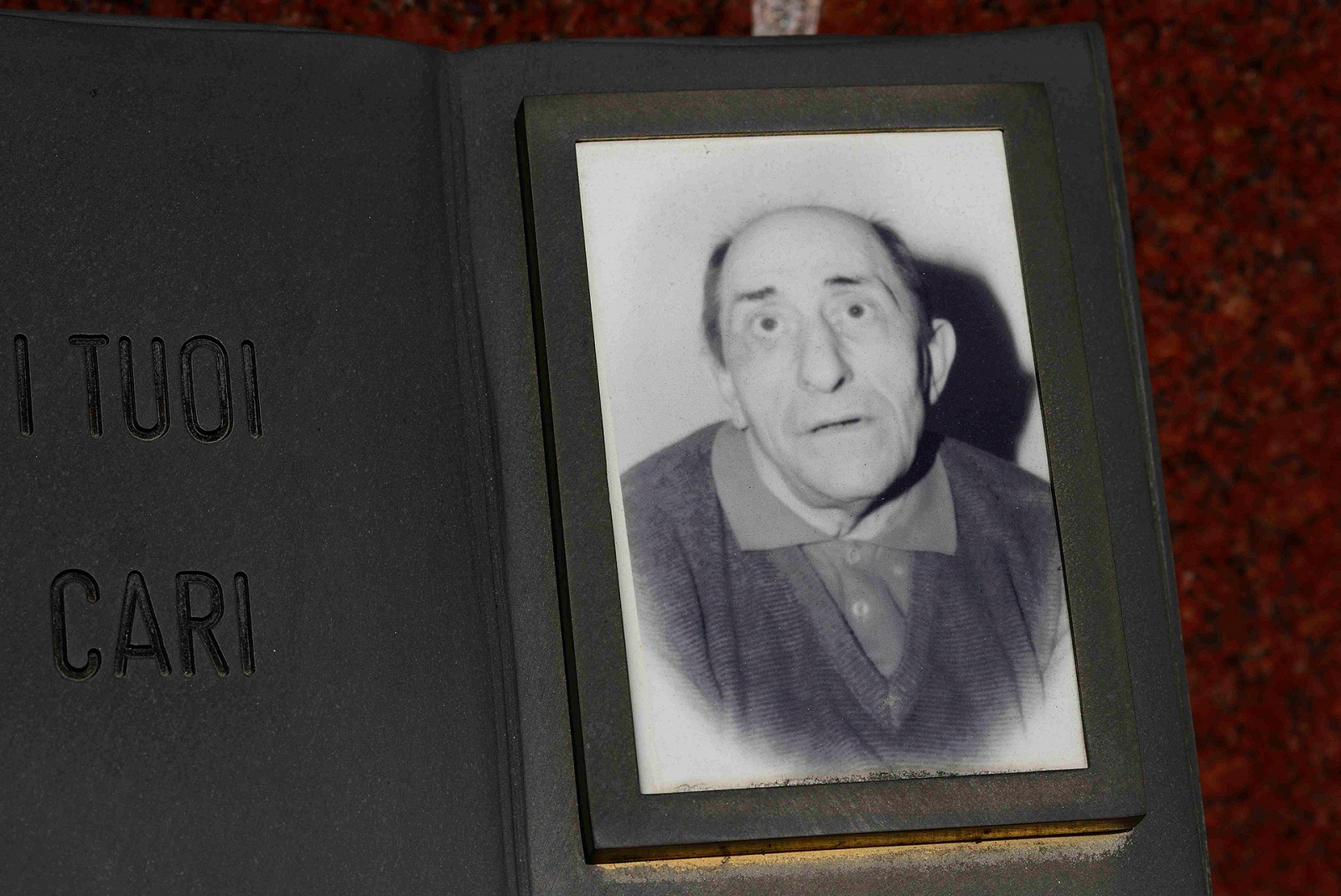
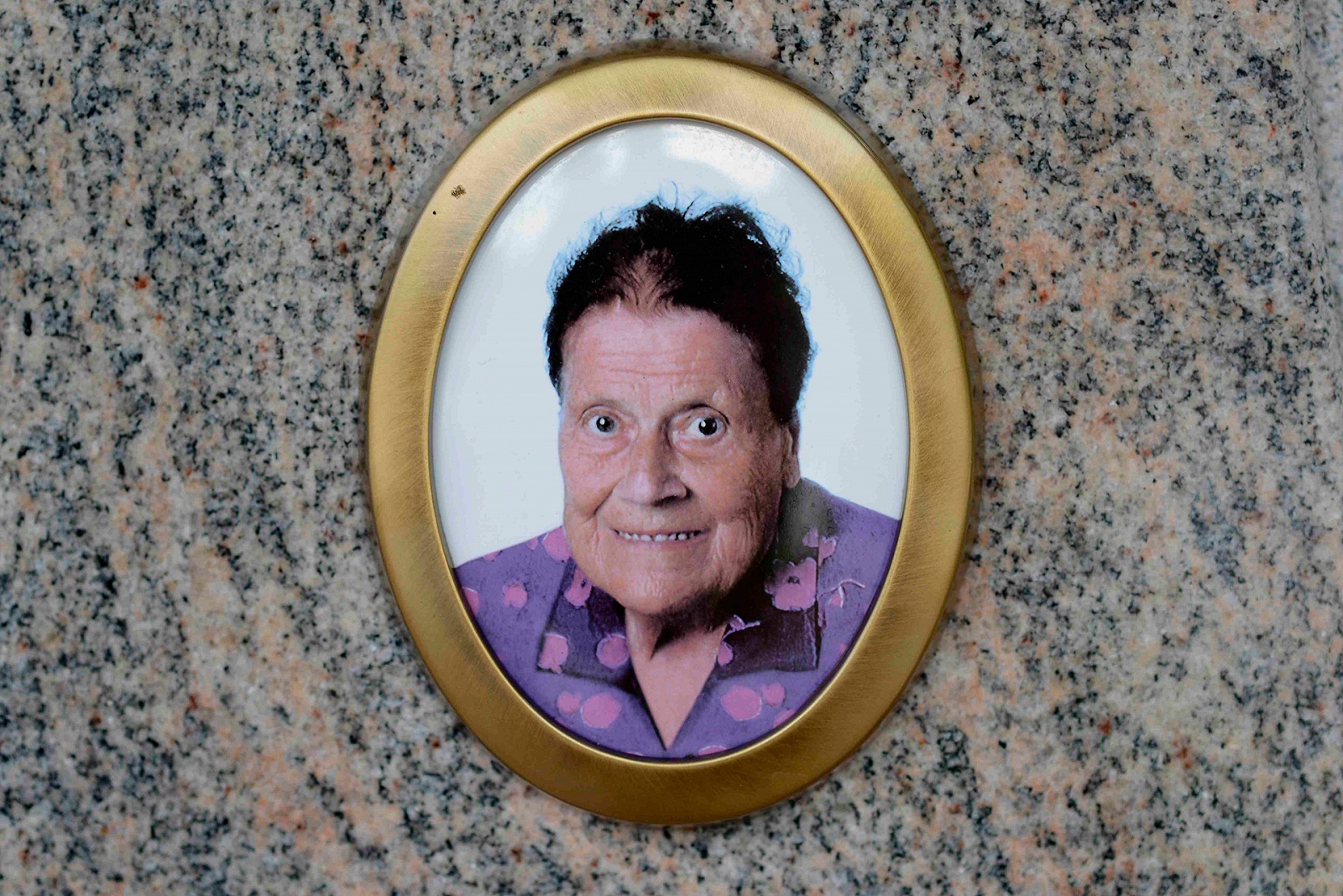

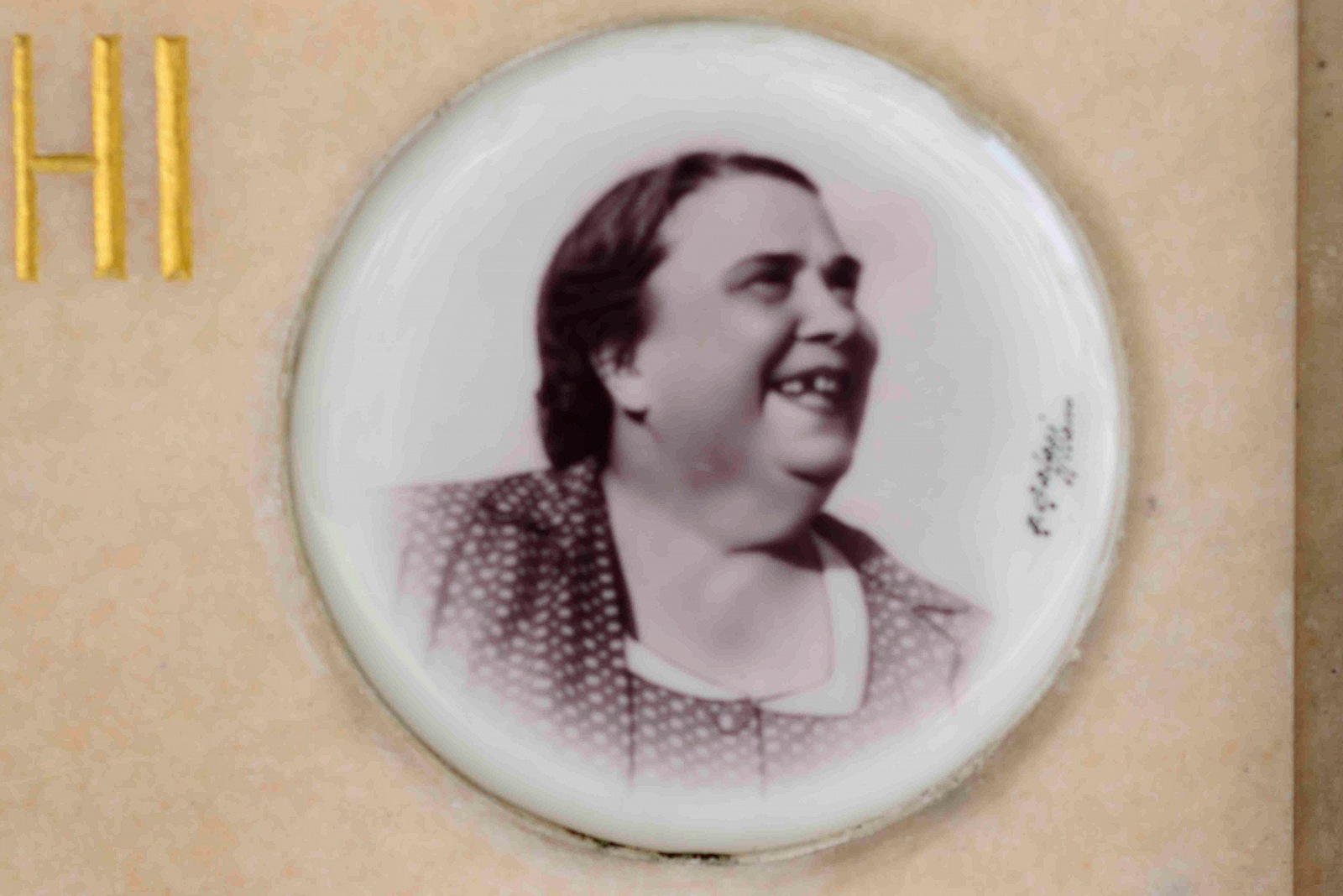
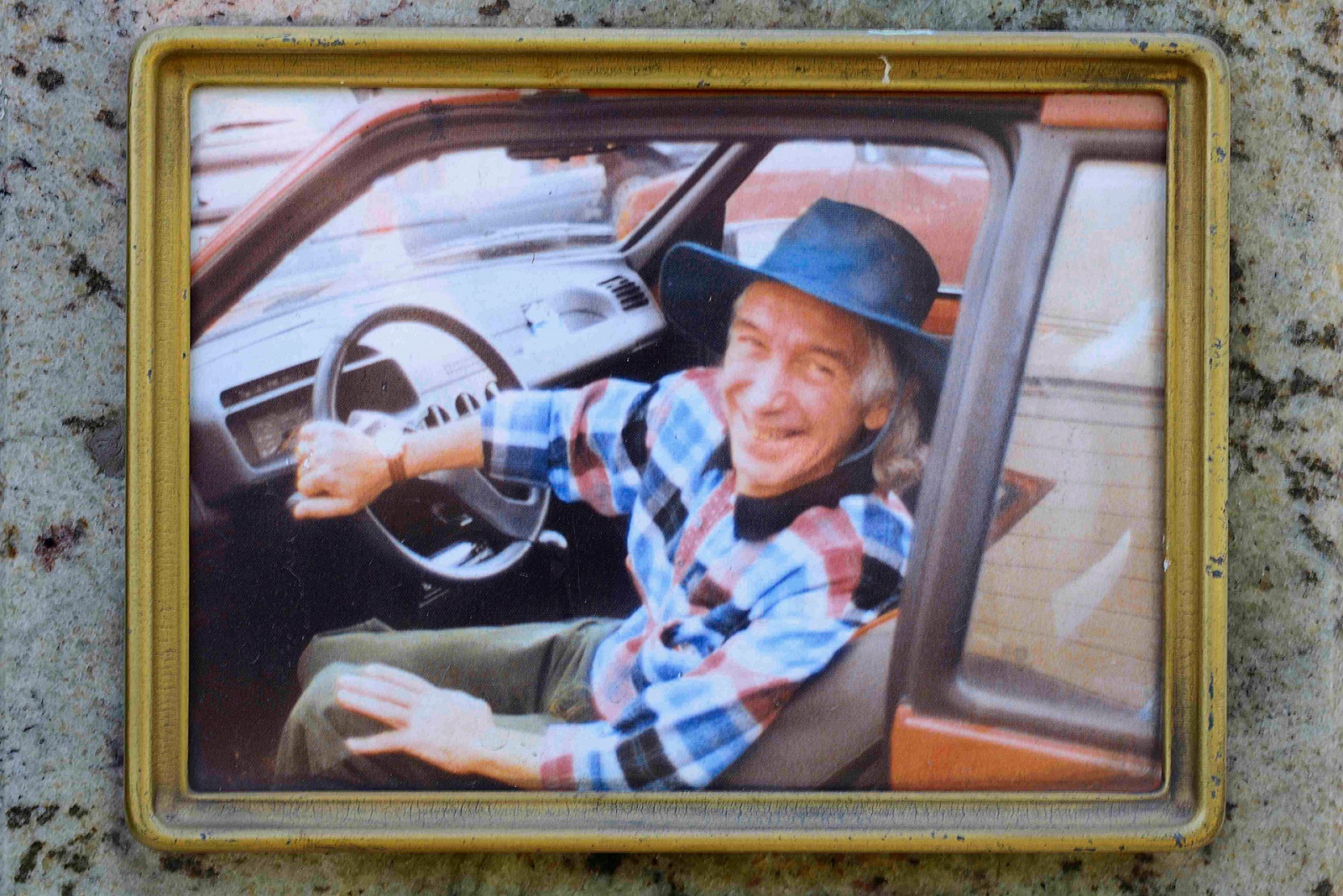

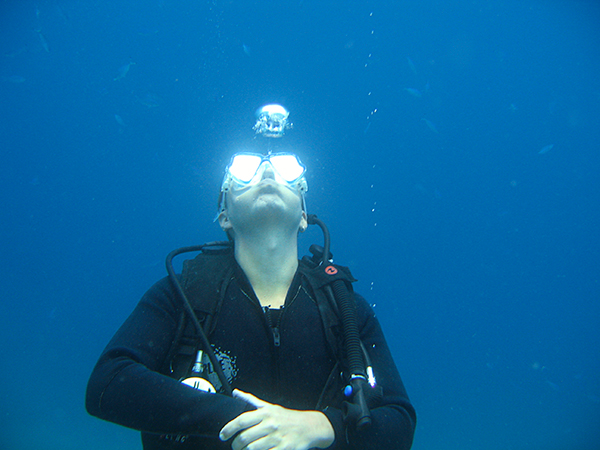 Anton O. - Was born in Bolzano in 1975, after high school, he moved to Vienna to study Medicine. At the same time he embarked on a course of theatre study, he trained as an actor and, to become more aware of his own movements and movement patterns, he followed the path of the Feldenkrais Method. In the medical field he specializes in Complementary Medicine. On the creative level he soon chooses photography as a tool of expression going to Milan to study it in depth. During his course in life he has lived in several European countries (Belgium, Germany, Austria, Spain, and Italy). He is currently working as a doctor whilst continuing his creative career in photography.
Anton O. - Was born in Bolzano in 1975, after high school, he moved to Vienna to study Medicine. At the same time he embarked on a course of theatre study, he trained as an actor and, to become more aware of his own movements and movement patterns, he followed the path of the Feldenkrais Method. In the medical field he specializes in Complementary Medicine. On the creative level he soon chooses photography as a tool of expression going to Milan to study it in depth. During his course in life he has lived in several European countries (Belgium, Germany, Austria, Spain, and Italy). He is currently working as a doctor whilst continuing his creative career in photography.